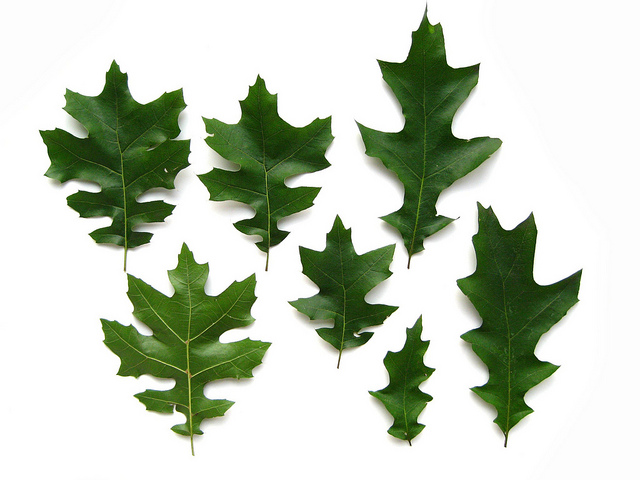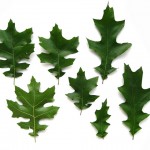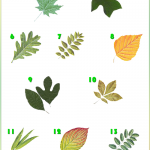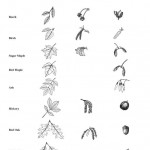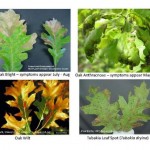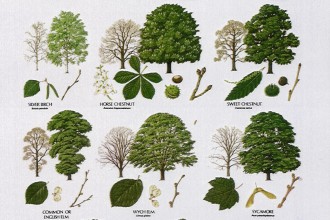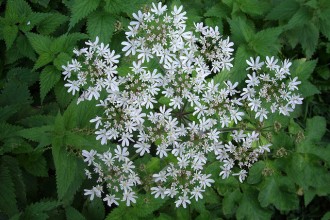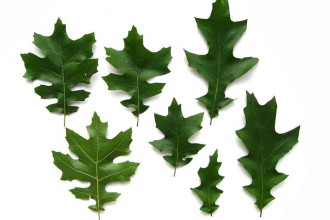4 Oak Tree Leaf Identification Key
Sponsored link:
Generally plants especially 4 Oak Tree Leaf Identification Key gain nutrition through their roots (water and minerals) and leaves (absorption of sunlight and carbon dioxide (CO2)) to create ATP ((adenosine triphosphate or energy) to meet their metabolic needs) and starch (a reserve for when photosynthetic conditions are not optimal (e.g. reduction in intensity and length of sunlight, droughts, frosts, and other unfavorable situations). However, carnivorous/“insectivorous” plants must ingest additional sources of food. Accordingly they “attract, capture, kill, digest, and absorb [the enzymes of living] prey” consisting mainly of invertebrates.
Currently there are 600+ known species of carnivorous plants belonging to at least nine plant families that use a variety of methods to lure and trap prey – sweet scents, chemical secretions, colorful flowers and/or orbs, slippery or sticky surfaces and/or mechanical traps. Although they generally increase in temperate places “where water and seasonal sunshine are ample and the soil is [acidic] and poor in nutrients (especially nitrates, calcium, phosphates, and irons, which are essential for protein synthesis, cell wall stiffening, nucleic acid synthesis, and chrolophyll synthesis, respectively) such as acidic bogs, [fens] and rock outcroppings,” they exist in many locations. They live on terrain and in water (e.g. the venus flytrap (Dionaea muscipula) lives in acidic compounds consisting of high concentrations of ammonium (a harmful compound) with a pH of between 4 to 5, while the bladderwort (Utricularia genus) lives in water). Some grow out of moist boggy compounds (e.g. pitcher plants – Darlingtonia and Sarracenia), some increase in non-temperate environments where winters bring cold temperatures and snowfall (e.g. the common pitcher plant – Sarracenia purpurea), others lay their traps along the soil (Genlisea) or thrive in desert-like circumstances and on calcium-rich limestone deposits (e.g. the Portuguese dewy pine – (Drosophyllum lusitanicum) and butterwort – (Pinguicula valisneriifolia), respectively, while some tropical pitcher plants belonging to the Nepenthes genus grow vines up-to hundreds of feet long with traps that can catch “creatures as huge as frogs [and even] some birds and rodents.
Feel free to download the Stock photo under 4 Oak Tree Leaf Identification Key content for free. Suport us by sharing this Stock photo to your friends.
640 x 480 330 x 220 640 x 480 150 x 150
Download HereSponsored link:
